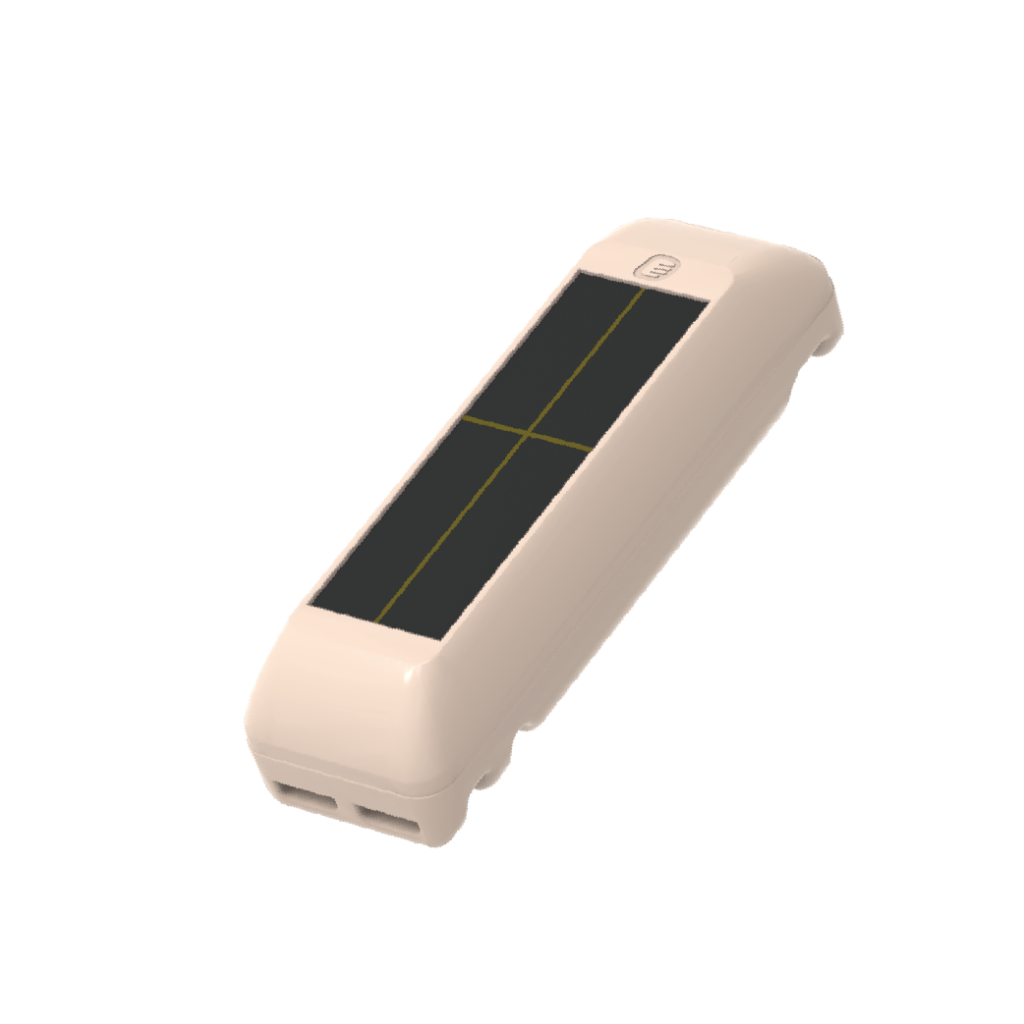Related Products

Studies of animal behaviour, ecology and physiology are continuously benefitting from progressing biologging techniques, including the collection of accelerometer data to infer animal behaviours and energy expenditure. In one of the most recent technological advances in this space, on-board processing of raw accelerometer data into animal behaviours proves highly energy-, weight- and cost-efficient allowing for continuous behavioural data collection in addition to regular positional data in a wide range of animal tracking studies.
We implemented this latest development in collecting continuous behaviour records from 6 Pacific Black Ducks Anas superciliosa to evaluate some of this novel technique’s potential advantages over tracking studies lacking behavioural data or recording accelerometer data intermittently only. We (i) compared the discrepancy of time-activity budgets between continuous records and behaviours sampled with different intervals, (ii) compared total daily distance flown using hourly GPS fixes with and without additional behavioural data and (iii) explored how behaviour records can provide additional insights for animal home range studies.
Using a total of 690 days of behaviour records across six individual ducks distinguishing eight different behaviours, we illustrated the improvement that is obtained in time-activity budget accuracy if continuous rather than interval-sampled accelerometer data is used. Notably, for rare behaviours such as flying and running, error ratios > 1 were common when sampling intervals exceeded 10 min. Using 72 days of hourly GPS fixes in combination with continuous behaviour records over the same period in one individual duck, we showed behaviour-based daily distance estimation is significantly higher (up to 540%) than the distance calculated from hourly sampled GPS fixes. Also, with the same 72 days of data for one individual duck, we showed how this individual used specific sites within its entire home range to satisfy specific needs (e.g. roosting and foraging).
We showed that by using trackers allowing for continuous recording of animal behaviour, substantial improvements in the estimation of time-activity budgets and daily traveling distances can be made. With integrating behaviour into home-range estimation we also highlight that this novel tracking technique may not only improve estimations but also open new avenues in animal behaviour research, importantly improving our knowledge of an animal’s state while it is roaming the landscape.

